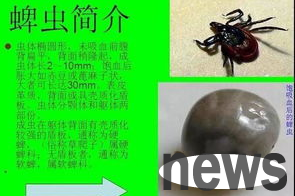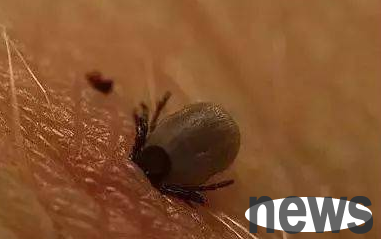What to do if there are ticks on dogs? How to remove it?
Summer is the breeding season for ticks. Many dogs are prone to bites by ticks when they are outdoors. Moreover, the infectious diseases of ticks are diverse, which poses a threat to the health of dogs. If you find a pet with ticks, you should take the right way to remove the ticks. This article will share some effective methods and precautions.

1. How to find a tick on a dog?
Many pet owners may not know what ticks look like and how they should be discovered. On dog skin, ticks are usually round or ovate, with varying colors, ranging from light yellow to gray or dark brown. When ticks are embedded in dog's skin, it usually causes itchy skin and causes a prolonged itching. If you find that your pet is itchy, it is recommended to check whether the skin is red, swelling, etc.

2. How to remove ticks from dogs?
1. Use professional tools to remove ticks. If you find that your pet has ticks, the first step is to use professional tools to remove them. Purchasing a professional tick removal tool can make the process easier and more enjoyable. These tools can help your pet get rid of ticks safely and quickly.
2. Remove ticks by hand
If you don't have professional tools, you can also use your hands to remove ticks. This is a not very safe but effective method. Put your fingers near the tick's head and twist it gently. The tick's head will loosen from the pet's skin and gently pull it out.
3. Use drugs to remove ticks. If your pet is larger and has multiple ticks on it, it is recommended to use drugs to remove ticks. There are many disinfectants on the market that are specifically targeted at ticks that can help you easily remove ticks and prevent reinfection.
3. Precautions
1. Be careful when removing it, and do not let the tick's head fall under the skin. Because this can cause skin infections and other diseases.
2. After removal, thoroughly clean the pet's body and rinse the skin with warm water to make it clean.
3. Keep pets' skin dry and prevent the growth and infection of ticks. In addition, some insecticides can be applied to the pet's body to help stop the spread of ticks.
4. If your pet is infected with diseases such as brucellosis, meningitis, etc., it is recommended to seek medical treatment in time.
4. Conclusion
In short, ticks should be dealt with in a timely manner when they are found on dogs to protect the health and safety of pets. Correct removal methods and precautions make this process smoother and safer. If you are unable to remove ticks, don't hesitate to seek medical treatment in time.











